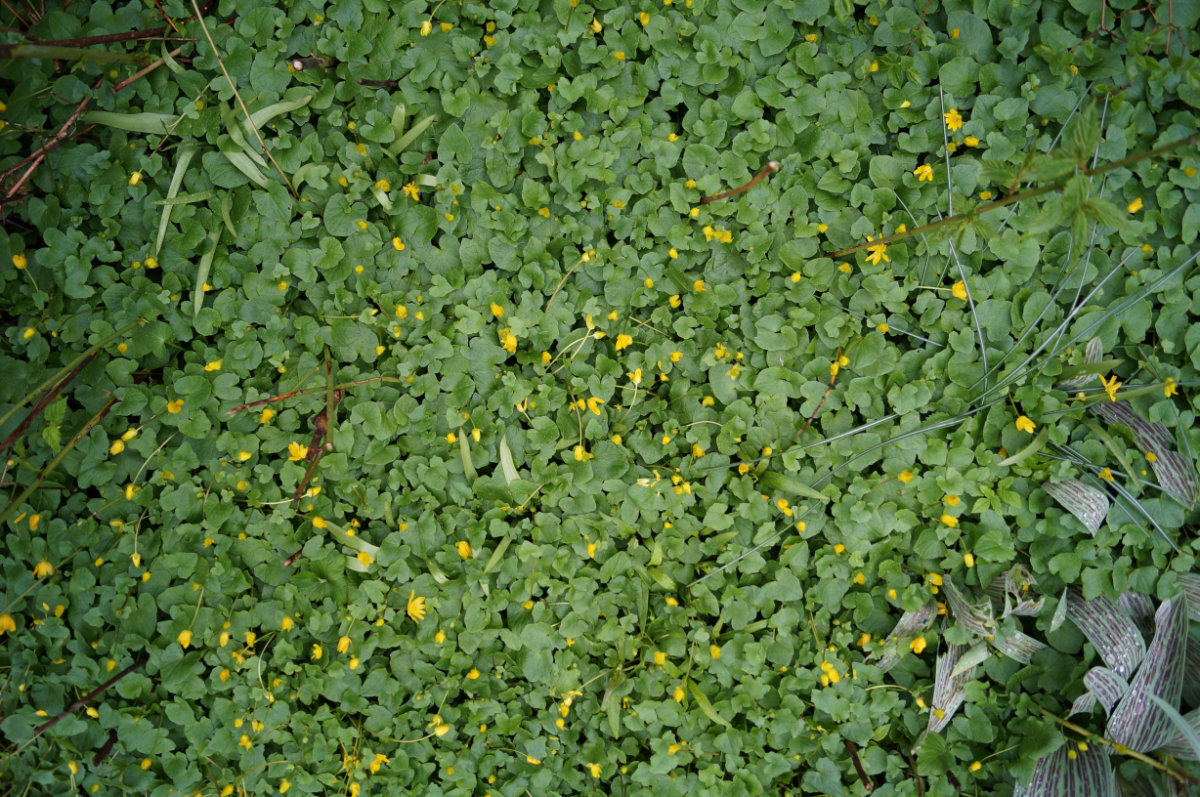7 Guidelines in Choosing the Right Ground Cover


When selecting a ground cover, there are things you should keep in mind including: setting up a time frame, taking into consideration your area’s climate, determining what purpose it should have, learning whether the foliage is an invasive species, thinking about how much maintenance the plant is going to need, determining the heights of the plant’s full growth, and making sure that the plant is not poisonous.
Ground covers are any variety of plants that grows closely over the ground. The uses of a ground cover are to stop erosion and drought, and can even limit or eliminate the growth of weeds. Ground covers are mostly used for landscaping, owing to its aesthetic appeal, apart from its practical benefits. Here are important things to consider when deciding what textures and blooms you should use as ground covers:
Formulate a specific time frame for your ground covers
First off, you should plan how long you want your ground covers on your landscape. Ground covers come in annual and perennial types. Annuals leave behind seeds when they expire after every growing season. These seeds in return become new plants that will cultivate in the subsequent year. On the contrary, perennials don’t die when they have finished growing at the end of the season, but only hibernate. Additionally, there exist evergreen perennials which can beautify your landscape throughout the year, even during the cold months.
Think about your local climate
Take into consideration the climate of your area and choose ground covers that can adapt to it. One frequently used option is turfgrass, which thrives in all different climates. Some other kinds of ground covers are so vulnerable that they wither when exposed to extreme weather conditions.
Decide on what intention it should serve
If you want to have ground covers, its either you’re thinking about its aesthetic or practical benefits. Decide which of these benefits are most important. You might want to use ground covers for protecting a sloped area from erosion or to emphasize depth in your landscape. There are different kinds of plant varieties to suit your preferences.
Make sure that the plant is not invasive
There are some ground covers that are invasive in nature. They can rapidly spread and engulf parts of your landscape that you do not want covered. These types of ground covers can also endanger your other plants.
Consider the amount of maintenance required for the plant
Various types of plants naturally require different types and amounts of maintenance. Some plants can thrive on their own without much maintenance while others need more meticulous tending. It is important to choose a kind of plant that is within your care commitment level.
Find out what will be the heights of the plants at full maturity
Some ground covers grow quite high, but most stay close to the ground even in maturity. Prior to making a decision, take the advice of an expert or do some study to know how long that kind of plant can grow. If a ground cover grows too high, other plants, which you were hoping to display, may be covered.
Make sure that the plant is not poisonous
Determine if a particular plant is safe. There are plants out there that may look nice as ground covers, but may actually be poisonous. If you are having pets with you or if you are in the company of children, then in that case, this consideration assumes a lot of significance.
There are many ground cover options you can choose from, but the best will be one that serves your needs and landscaping plans.